Introductie en historie Mercedes-Benz W123
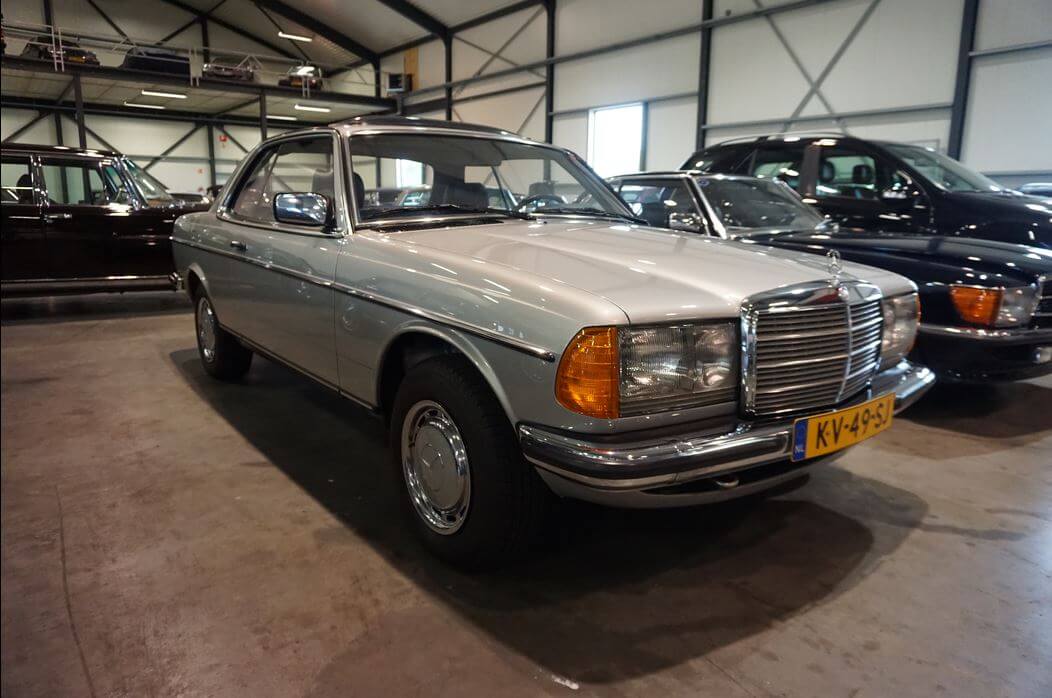
Introduction and History of the Mercedes-Benz W123 (1976–1985)
The Mercedes-Benz W123 is widely regarded as one of the most reliable, elegant, and durable vehicles ever produced by the brand. Introduced in January 1976, it was the successor to the W114/W115 series (“/8”) and carried forward the core Mercedes-Benz values of engineering excellence, safety innovation, and understated luxury.
Over nearly a decade of production, the W123 became a global favorite — equally at home chauffeuring diplomats as it was serving duty as a rugged taxi across Africa and the Middle East. Its blend of robust mechanics, timeless design, and Mercedes-Benz prestige made it one of the most successful models in the company’s history.
Development and Design
Design began in the early 1970s, under the direction of Bruno Sacco.
The W123 offered:
A longer wheelbase and wider track than the W114/W115
Smoother, more aerodynamic lines
Strong passive safety features (reinforced passenger cell, crumple zones)
A refined and comfortable cabin with high-quality materials
It was not revolutionary in styling, but it was a major step forward in safety, durability, and long-distance comfort.
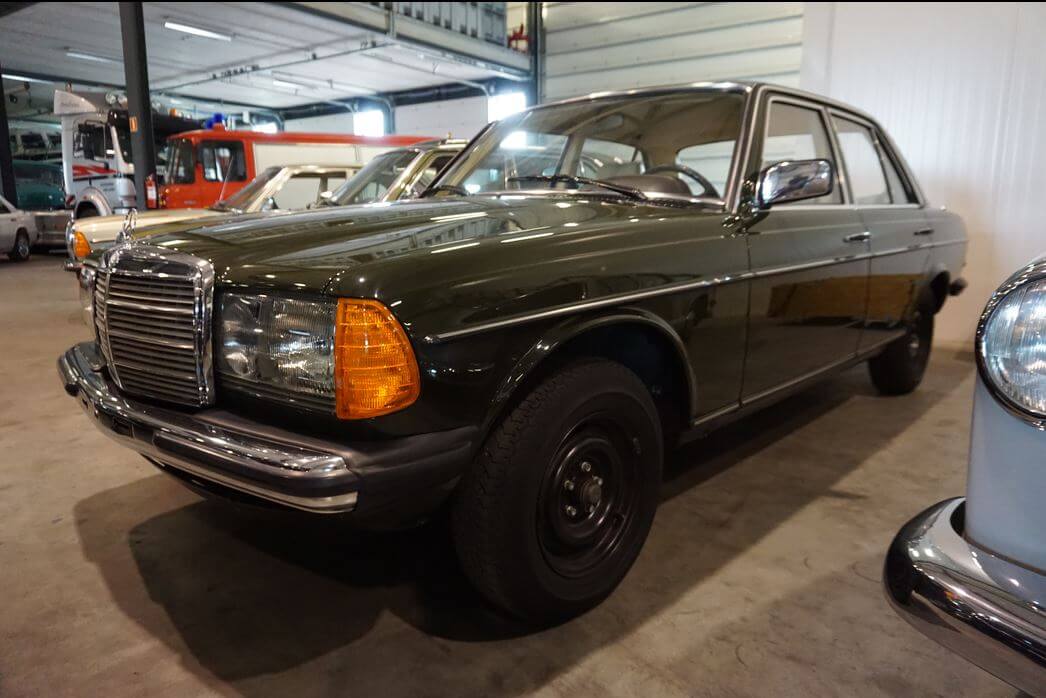
Body Styles
The W123 series came in several distinct body types:
| Body Style | Internal Code | Production Years |
|---|---|---|
| 4-door Sedan | W123 | 1976–1985 |
| Coupé (2-door) | C123 | 1977–1985 |
| Estate/Wagon | S123 | 1977–1986 |
| Long-Wheelbase Limousine (7/8-seater) | V123 | 1976–1985 |
| Special-bodied vehicles | Ambulances, hearses, etc. | Built by coachbuilders (Binz, Miesen, etc.) |
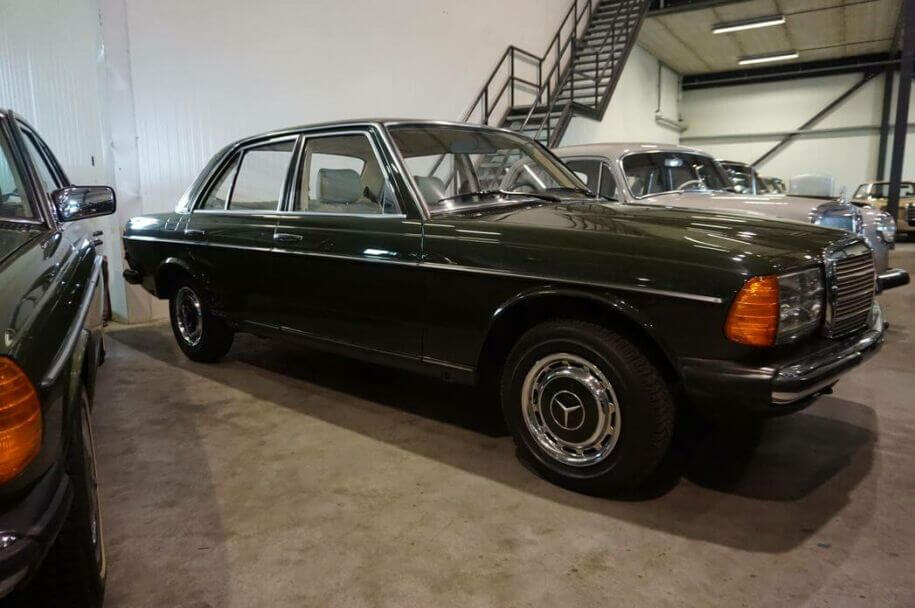
Petrol (Gasoline) Engines:
| Model | Engine | Power |
|---|---|---|
| 200 / 230 | Inline-4 carbureted | ~94–109 hp |
| 230 E | 2.3L I4 with fuel injection | ~136 hp |
| 250 | 2.5L Inline-6 | ~129 hp |
| 280 / 280 E | 2.8L Inline-6 | ~156–185 hp |
🔧 Diesel Engines (W115 successors):
| Model | Engine | Power |
|---|---|---|
| 200 D / 220 D | I4 NA diesel | 55–60 hp |
| 240 D | 2.4L I4 NA diesel | ~65–72 hp |
| 300 D | 3.0L I5 NA diesel | ~79–88 hp |
| 300 D Turbo | 3.0L I5 turbo diesel | ~125 hp (North America & select markets) |
Note: The 300 TD Turbo (estate) became legendary in the U.S. for its blend of performance and reliability.

Innovation and Features
Optional anti-lock brakes (ABS) (from 1980 onward)
Optional airbags in later models (rare)
Fully galvanized body panels (from mid-series)
Optional climate control, power windows, sunroof, cruise control
Hydropneumatic rear suspension on estates for self-leveling
Over 50 color options and several trim lines (Standard, Taxi, Elegance, Avantgarde in select markets)
Production and Global Reach
| Production Period | January 1976 – January 1986 (Estate: until 1986) |
|---|---|
| Total Units Built | 2,696,915 units (including all body styles) |
This makes the W123 the best-selling Mercedes-Benz model of its era.
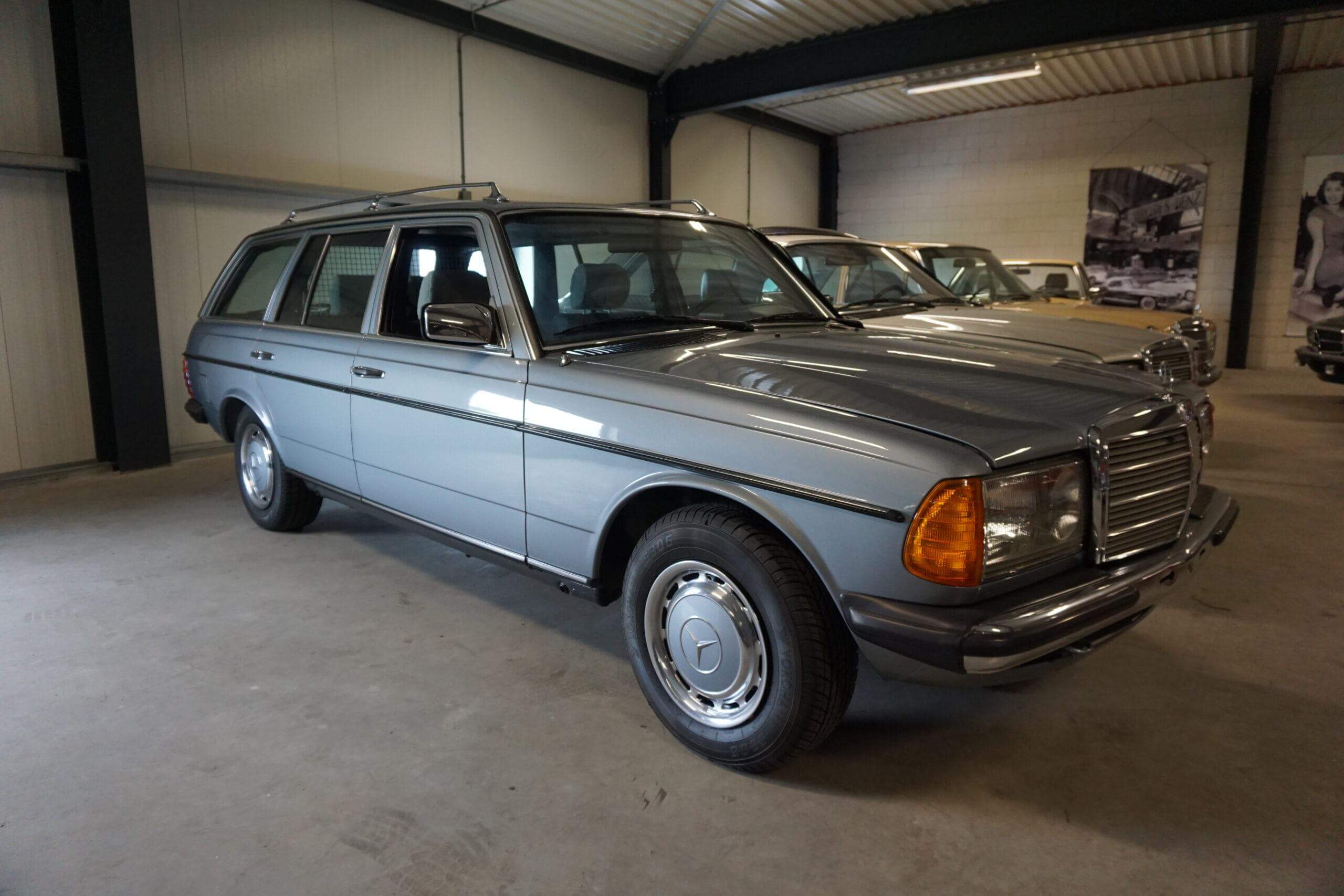


Cultural and Global Impact
Used extensively as taxis in Europe, Africa, and the Middle East — many still running today.
Beloved in North America (especially diesel wagons).
Found in embassies, government fleets, and among professional drivers.
Known to last over 500,000 km or more with routine maintenance.
Still a common sight in developing regions, thanks to its ease of repair and rugged build.
Legacy of the W123
Considered the gold standard for reliability and long-term durability.
A favorite among collectors today, especially the 280 E, 300 TD Turbo, and Coupé models.
Its design, quality, and reputation laid the groundwork for the success of its successor, the W124.
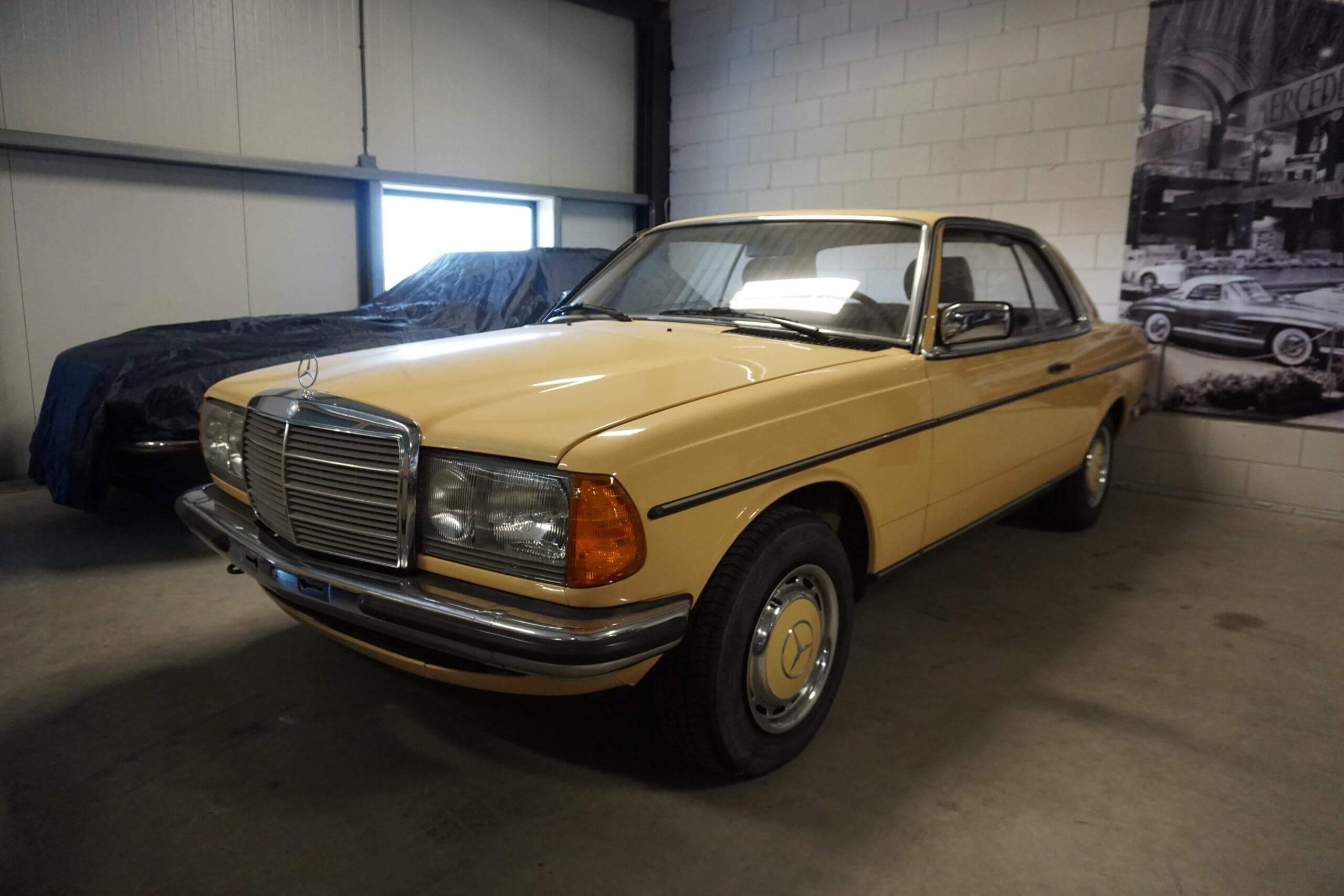
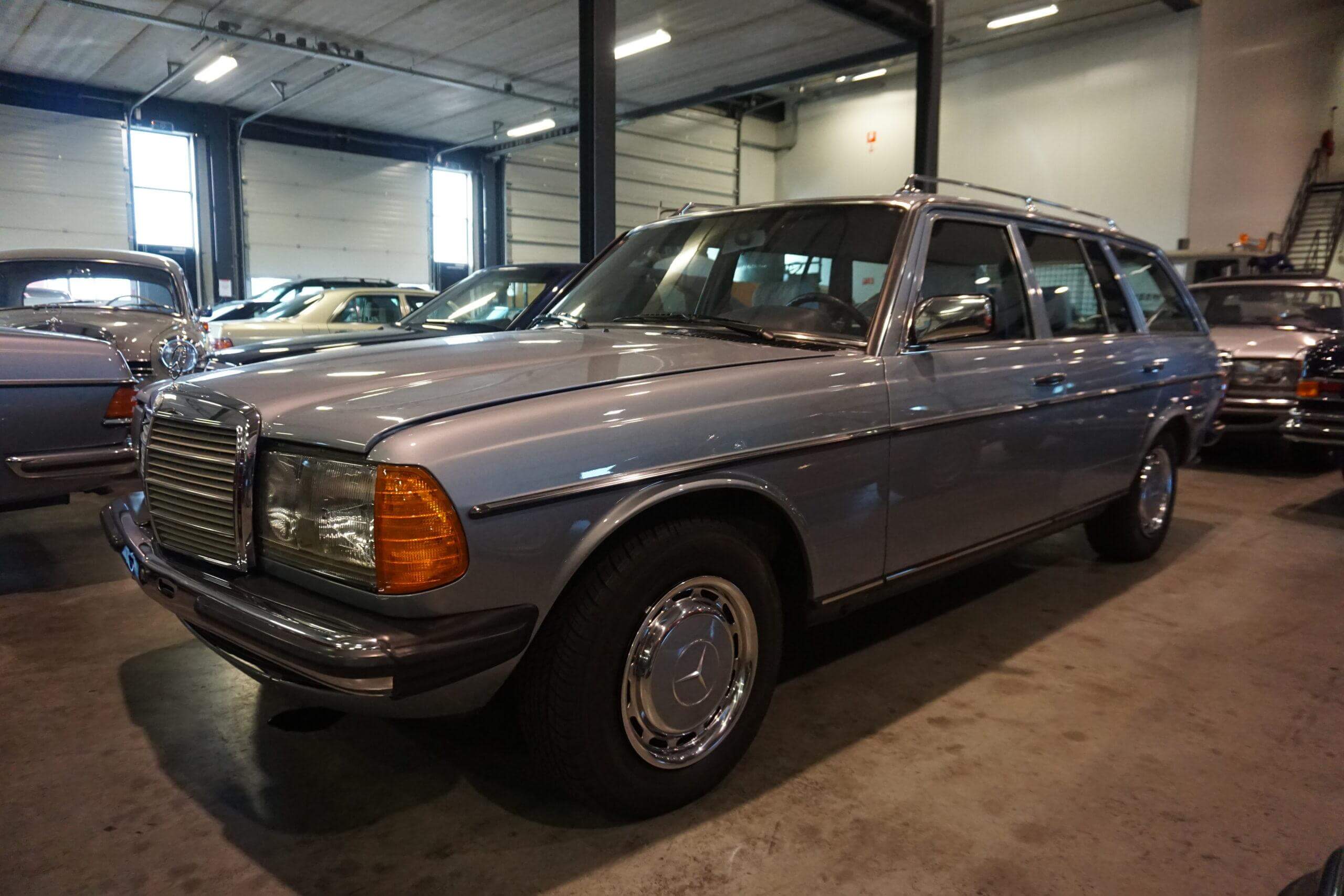
Notable Facts:
The W114/W115 was the first Mercedes-Benz to exceed 1 million units in production.
Its legendary OM615/616/617 diesel engines laid the groundwork for Mercedes’ dominance in diesel vehicles.
It earned the nickname “Millionen-Benz” for both its production volume and its longevity.